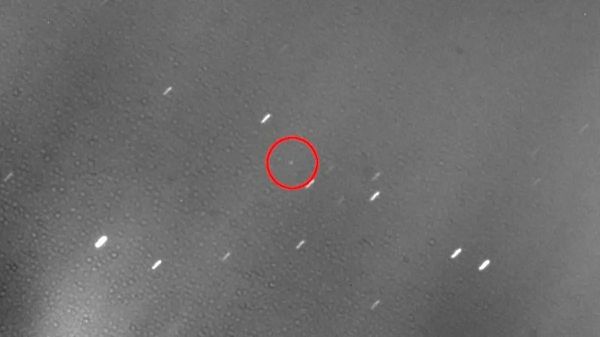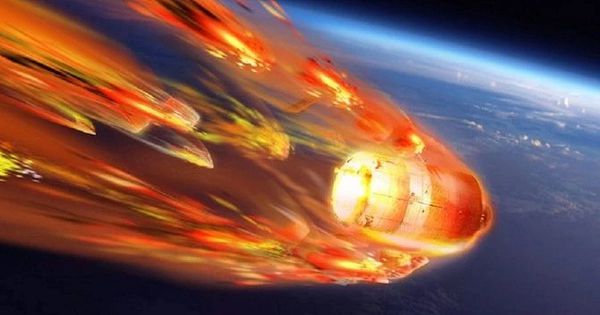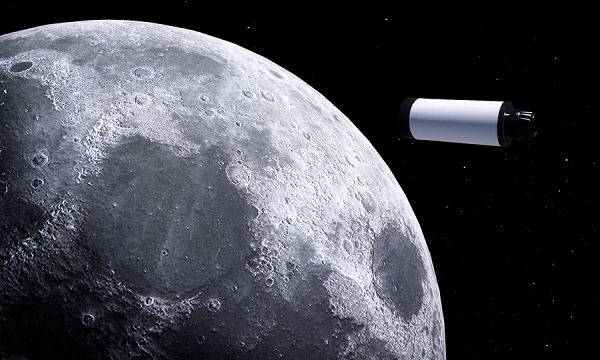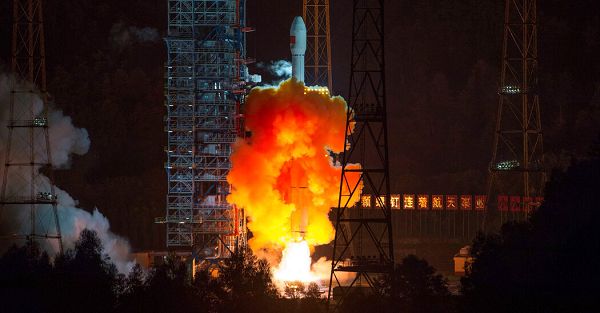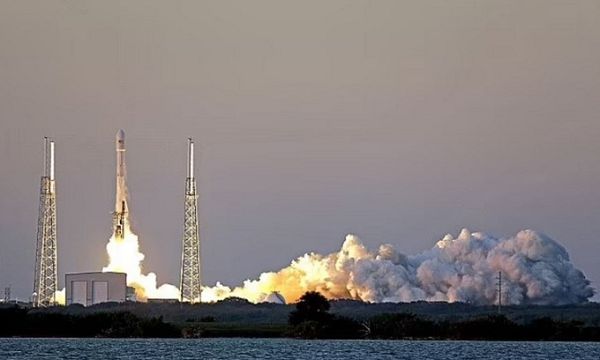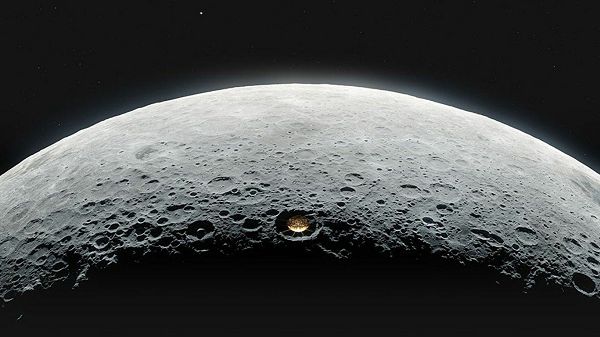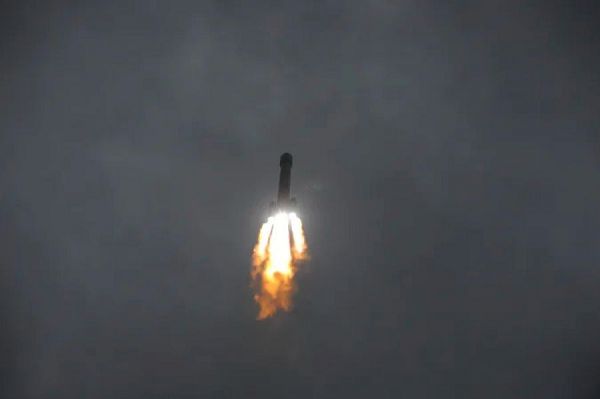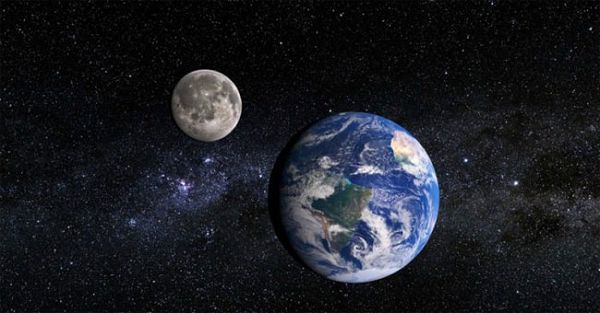“The Origins of Earth’s Space Debris Threatening the Moon.”
A fragment of a spacecraft is expected to collide with the Moon in early March, but its origin remains a subject of intense global debate.
A large space debris named WE0913A is hurtling towards the dark side of the Moon and is expected to collide on March 4th. Initially identified as the second stage of the SpaceX Falcon 9 rocket.
The SpaceX Falcon 9 rocket was used in the Deep Space Climate Observatory (DSCOVR) launch 7 years ago. However, since running out of fuel, the 4.4-ton rocket is believed to have become defunct and is moving in a chaotic orbit.
While SpaceX has yet to provide any response, American astronomer Bill Gray made a surprising statement on February 12th, correcting the notion that this debris originated from the Falcon 9 rocket.
Bill Gray suggests that the debris belongs to the Chang Zheng 3C rocket, launched in October 2014 as part of China’s Chang’e 5 T1 lunar exploration program.
To explain this confusion, Gray’s research team discovered that WE0913A passed by the Moon two days after the DSCOVR launch.
They initially identified it as the upper stage of the Falcon 9 rocket based on the expected brightness, appearance timing, and reasonable trajectory. However, the research team later received input from engineer Jon Giorgini at NASA’s Jet Propulsion Laboratory.
Jon Giorgini argues that the flight path of the Falcon 9 rocket is not close enough to the Moon to make a collision highly unlikely. Gray analyzed data on launches around the same time and realized that the upper stage of the Chang’e 5 T1 mission had an initial trajectory at an altitude that very few rockets achieve, making it highly likely that it would collide with the Moon on March 4th.
On January 21st, Wang Wenbin, the Director-General of the Information Department of the Chinese Ministry of Foreign Affairs, denied responsibility for the space debris that is on a collision course with the Moon. He asserted that the rocket from the Chang’e 5 mission had returned to Earth’s atmosphere after completing its task and “burned up completely.”
“China has taken note of the analysis by experts and reports from the media on this matter,” said Wang. “China’s efforts in the aerospace field always adhere to international law.”
Space News, however, suggests that there may be a confusion here, as China referred to the “Chang’e 5 mission” rather than “Chang’e 5-T1 mission.”
This confusion is being clarified because it was the Chang’e 5-T1 mission of China (carried out in 2014) that involved fragments predicted to collide with the Moon, while the Chang’e 5 mission (conducted in 2020) was focused on collecting lunar samples and safely returning to Earth after about a week in space.
This issue continues to generate intense debate. The decade-long journey of this rocket has reignited discussions about space debris and who bears legal responsibility for tracking floating debris beyond Earth’s atmosphere.
Hits: 0
